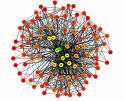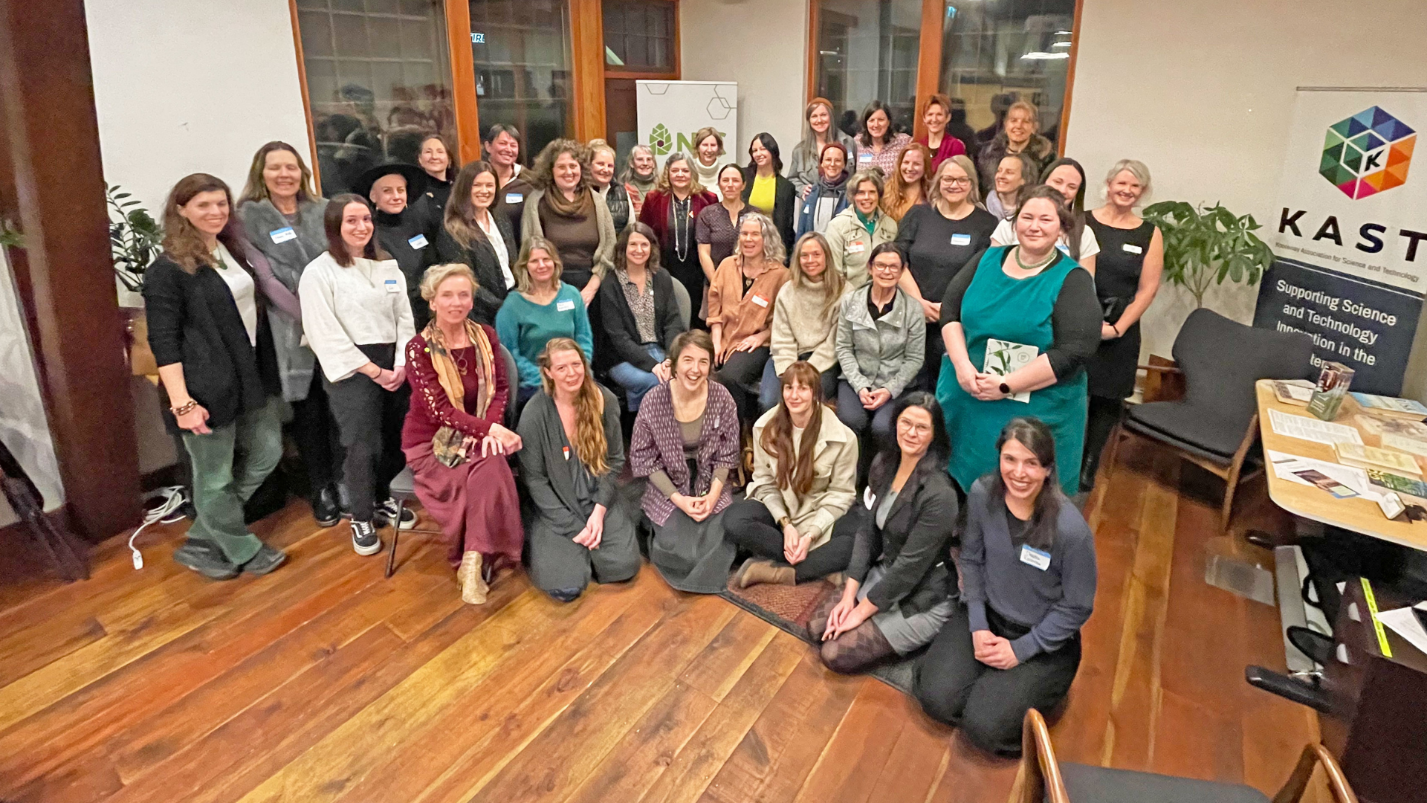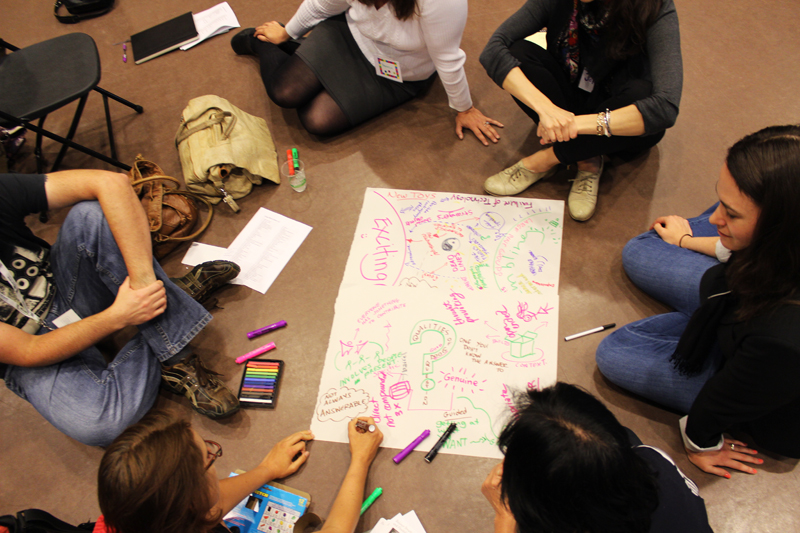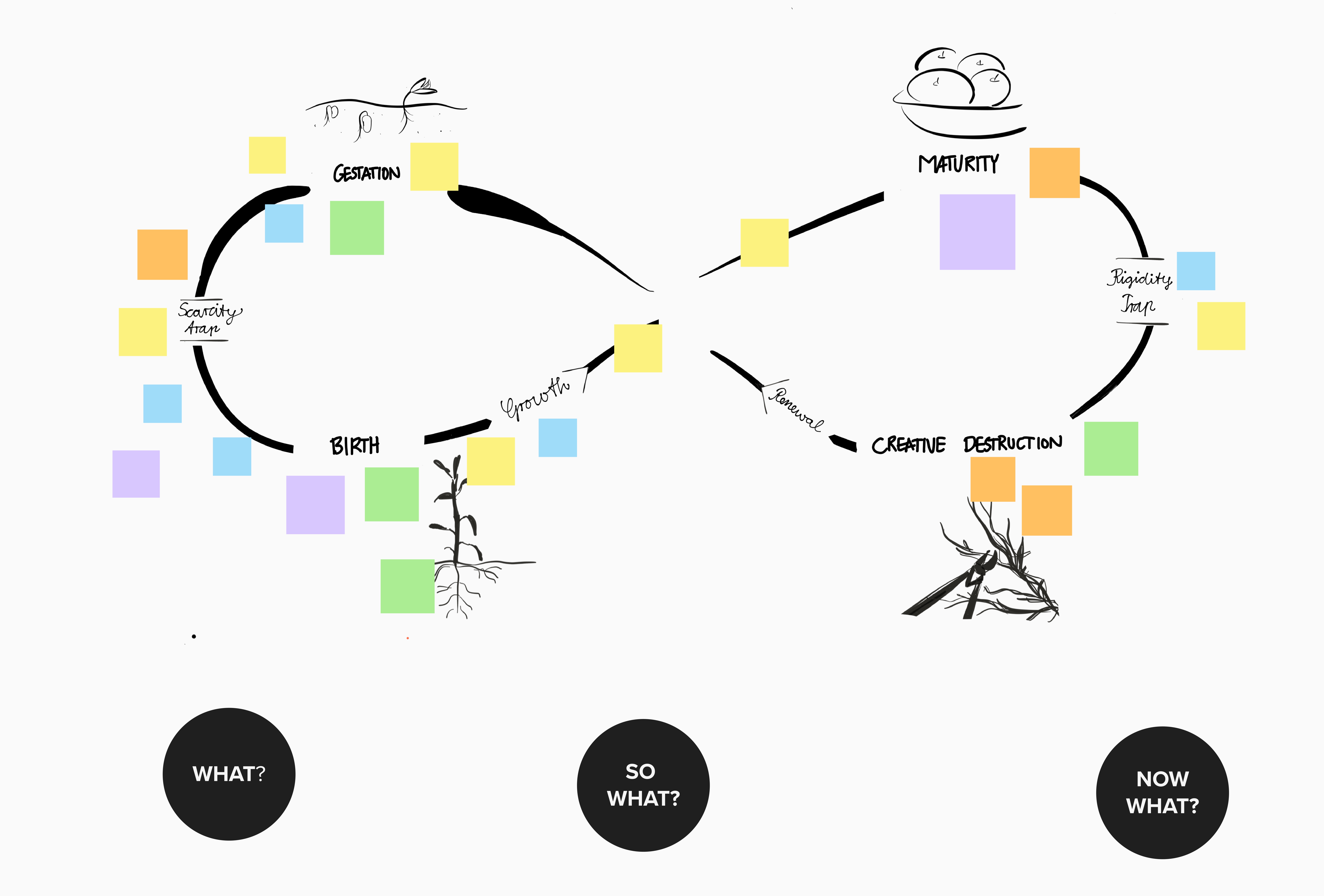
It’s interesting to think about how knowledge networks develop. My understanding is that people or organizations with a common interest come together over a shared purpose. If the sole purpose of the network is to share knowledge, there needs to be a demand and supply of knowledge. Participants need to be interested in each other’s experiences and lessons to offer. To be really valuable, the knowledge needs to be real, personable and something others can identify with. Anyone who uses Facebook understands these concepts.
I am helping to establish a regional network of learning around a shared topic of interest and am finding it more difficult than I thought. Possible hurdles include:
- Network members have changed due to politics and organizational changes – thus there are no faces in the network
- The topic of interest is not a priority for participating institutions
- Participation may be more of a political issue than a true desire to participate
- Peoples’ time is greatly limited
- The wrong people have been identified
- People are used to reinventing the wheel and thus don’t prioritize learning from other’s experiences.
So what can I do? As I work to improve this network I think the first step is to put faces to all participating organizations in the network. Contacts needs to be made and efforts to engage each contact in how the network can fulfill their needs should be a priority. Another step is to reconfigure the membership so that there is more interest in the actual participants and the knowledge they have to share. Once people start taking action on the subject matter and are in need of information, the network might self actualize. I will try these ideas before resorting to the obvious action of reducing expectations about participation and commitment of members.
If anyone has experience to share on how they have managed to engage a ‘disengaged’ network, please share with me – thanks!






3 thoughts on “A network without faces?”
If your network is made out (at least partially) of roles, and not of people, then some of the typical preconditions of a functioning network cannot be in place (think about trust for instance).
And when that happens, people start perceiving he network as a structure pre-imposed on them by design and not as the result of ongoing interactions with similar minded people.
If I was you, of all the steps that you mention, I would put specific effort on the identification of the real value for the participants. What is the real benefit for them? If it is access to knowledge, can you make it self-evident?
Also, wouldn´t it possible to find at least a committed core of users to use as a pilot? I am just thinking that it might be useless at this point to go after those who don´t believe in the initiative in the first place, and instead it might make more sense to focus your efforts on the few believers.
Thanks Giuseppe – great feedback. You are right that its hard to function without people. We tried to get a core group in year one but due to local elections and politics, the people have changed. That is one of the big constraints. I will try again for a core but am thinking that if I open it up to more folks, perhaps a core will emerge more readily than the first round based on interest. Perhaps it will be more of a community of interest then a true network? The other option was to have a purpose for the network – a joint project. I like it but hard with small rural municipalities that are all struggling to get things off the ground in their own backyards!
That really looks like a tough job!
In general, I think, it is a good idea to open up the initiative, because in this way you might be able to spot unexpected, value-adding usages that you can use to promote the whole network. But it is also quite risky, because if people when brought on board don´t see any good reason to give their contribution, they are basically not going to come back, ever.
Good luck indeed…. 🙂